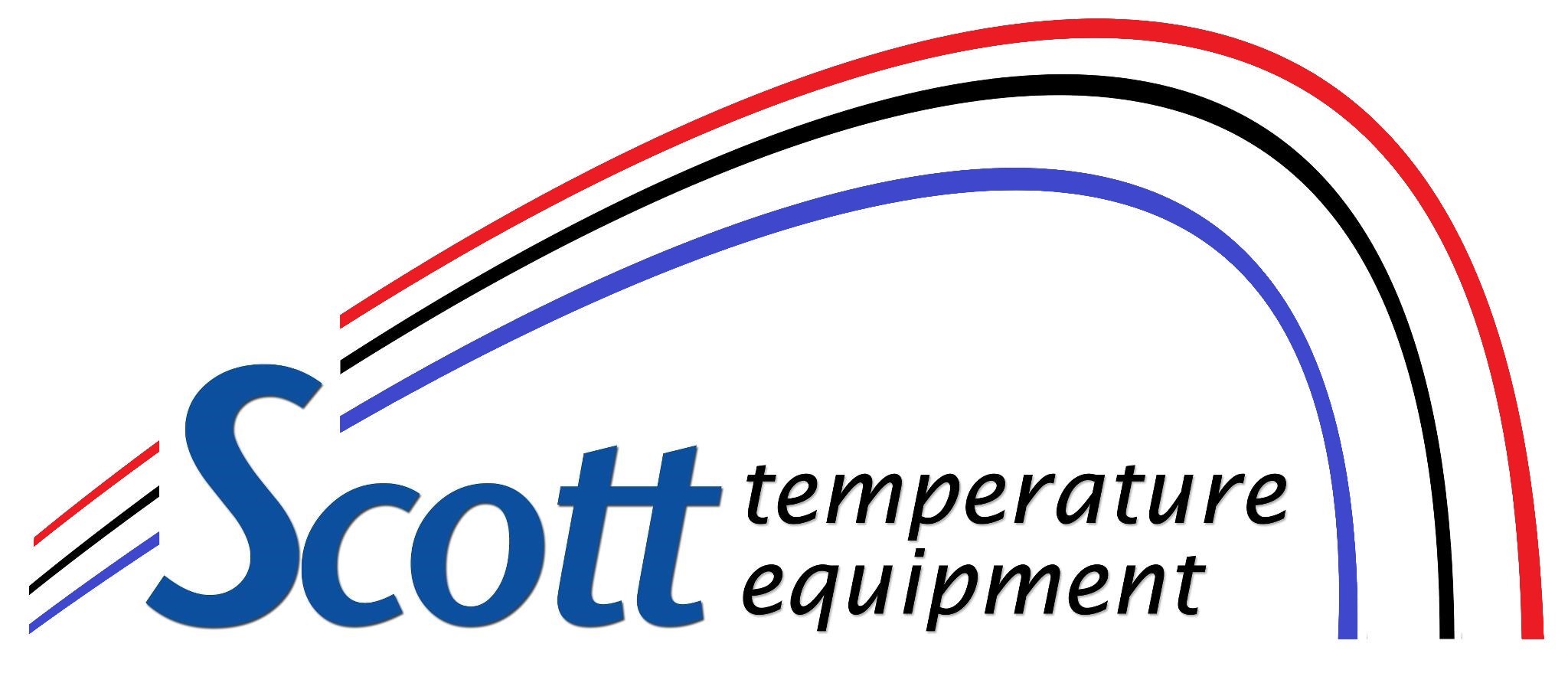Everyone’s always looking to save money on their utility bills, but you should know there’s a way to lower energy use, even when you’re not even home.
The secret is your thermostat. By using automatic schedules, you can tailor the temperature to your needs. You can create a number of automated temperature settings for when you’re home, away or even when you’re sleeping.
By trying a few of these schedules, you have more time to enjoy pleasant temperatures while keeping more money in your pocket. Here are some ways your thermostat can save you money in the summer:
While at Home
Pretty much whenever you’re home, you want to enjoy a comfortable temperature. For the most part, you probably have your thermostat lower in the summer if you’re indoors to appreciate the cool air.
But in terms of energy efficiency, the best range for when you’re in your home during the summer is actually around 78 and 80 degrees Fahrenheit. With this adjustment, you can stay cool while still lowering your monthly energy bill.
While Gone
If you’re setting the temperature for when you are out of the house in summer, it’s extremely common to move the thermostat higher than normal.
If your home is located somewhere a little cooler, you can set the thermostat to higher temperatures like 88 degrees while no one is home before lowering it back to the sweet spot of 78-80 degrees once you’re home again. This way, your air conditioning system isn’t working around the clock to provide cooling for a bunch of empty rooms.
While Sleeping
For a full night’s rest during summer weather, you want a nice cool temperature. You should try and keep things between 68-72 degrees Fahrenheit. There’s less risk of getting too hot or too cold while you’re trying to sleep.
Other Ways to Use Less Energy:
- Install a smart thermostat: Switching to a smart thermostat in the summer helps save money on energy costs since it can plan your temperature adjustments according to your lifestyle and idea of what comfortable is. It’ll take care of making changes while you are home or sleeping, while allowing it to get a little warmer when the house is empty. With models like the Lennox iComfort, you have the ability to remotely access and change the temperature through your smartphone, tablet or laptop. Scheduling smart thermostat installation in your Lawrence home is an effortless way to set the correct temperature even when you aren’t home.
- Update your existing HVAC system: Upgrading your HVAC system saves money right from the start. By investing in a more energy-efficient system, you can also count on lower utility bills since more efficient equipment requires less energy to reach your preferred temperatures. Air conditioning installation in Lawrence is only a phone call away, so don’t hesitate to reach out to local pros like Scott Temperature who can set you up for success.
- Stay on top of routine AC maintenance: Whether or not you keep up with regular air conditioning maintenance in Lawrence can have a significant impact on your utility bills. With regular cleaning of the coils, checking for damage and clearing air vents of dust and debris, this can help your HVAC system perform better during day-to-day use.. More efficient operation reduces strain on the unit and lowers operational costs, lowering total energy use and eventually the total monthly bill.
- Clean or replace the air filter on a regular basis: Cleaning or replacing the air filter regularly saves money by helping air flow efficiently through your air conditioner. When filters are old and less effective, an AC unit has to work harder, and the strain can reduce the system’s life span and lead to breakdowns.
- Confirm your attic is sufficiently insulated: Insulation is one of the key components in any energy-efficient home, securing the hot air outside and the cool air inside through summer. The North American Insulation Manufacturers Association (NAIMA) offers an official recommendation stating homeowners in souther states should possess at least 13-14 inches of insulation, while those in northern U.S. states should have 16-18 inches.
- Inspect your air ducts: Leaky ductwork can raise your energy bills much more than 20 percent, plus it can potentially allow harmful emissions from your water heater, clothes dryer and other appliances throughout your home. Watching for signs of leaks and sealing them can help with both these issues.
- Seal all other leaky spots in your home: Sealing leaky spots in your home with caulk, foam sealant or weather-stripping helps keep things cooler during those hot summer days. You should also check for any gaps around windows, doors and even outdoor fixtures. Devoting time and effort to sealing leaks now can help you save a lot over time.
